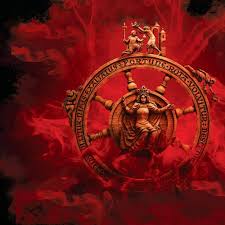O Fortuna: Carl Orff’s Dramatic Masterpiece
“O Fortuna” is the iconic opening and closing movement of Carl Orff’s cantata Carmina Burana, composed in 1935-36. Drawing from medieval Latin poetry, this powerful piece dramatizes the capricious nature of fate and fortune through its thunderous orchestration and choir.
The composition begins with its now-famous pounding rhythm and explosive fortissimo, creating an atmosphere of overwhelming dramatic intensity. Orff employs simple, repetitive melodic patterns and primal rhythmic drives that build to crushing climaxes, making it accessible yet profoundly impactful.
The Latin text laments fortune’s cruel wheel, which arbitrarily elevates and destroys human lives. Orff’s stark musical language—eschewing complex harmonies for raw, elemental power—perfectly captures this ancient theme of humanity’s helplessness before fate.
Since its premiere, “O Fortuna” has become one of classical music’s most recognizable pieces, frequently used in films, commercials, and popular culture to evoke drama, impending doom, or epic grandeur. Its visceral impact remains undiminished nearly a century after its creation.
